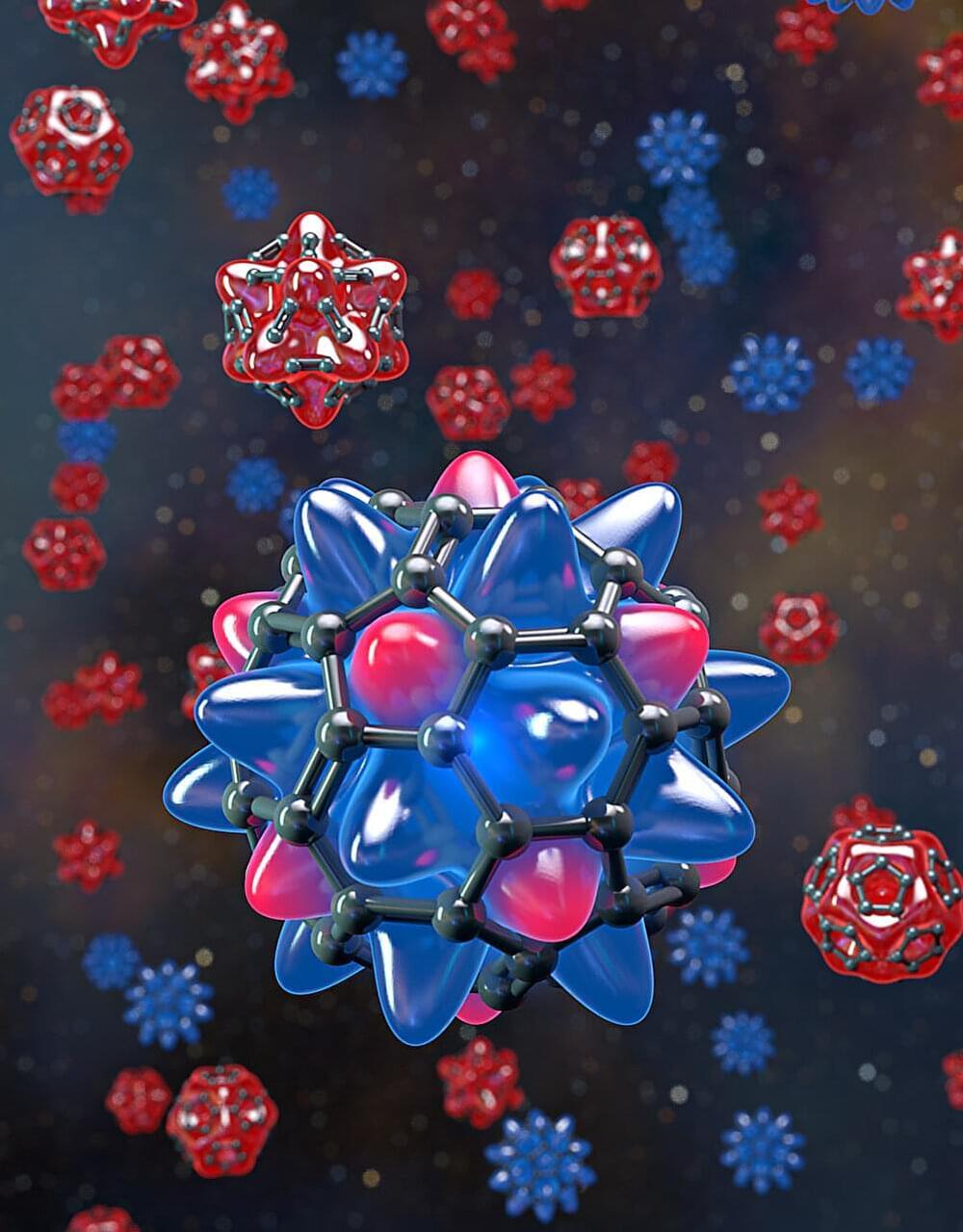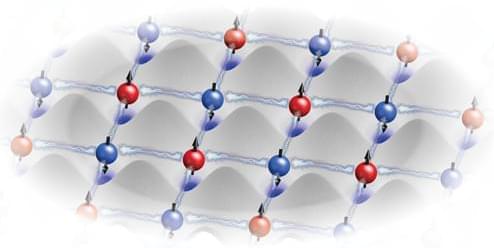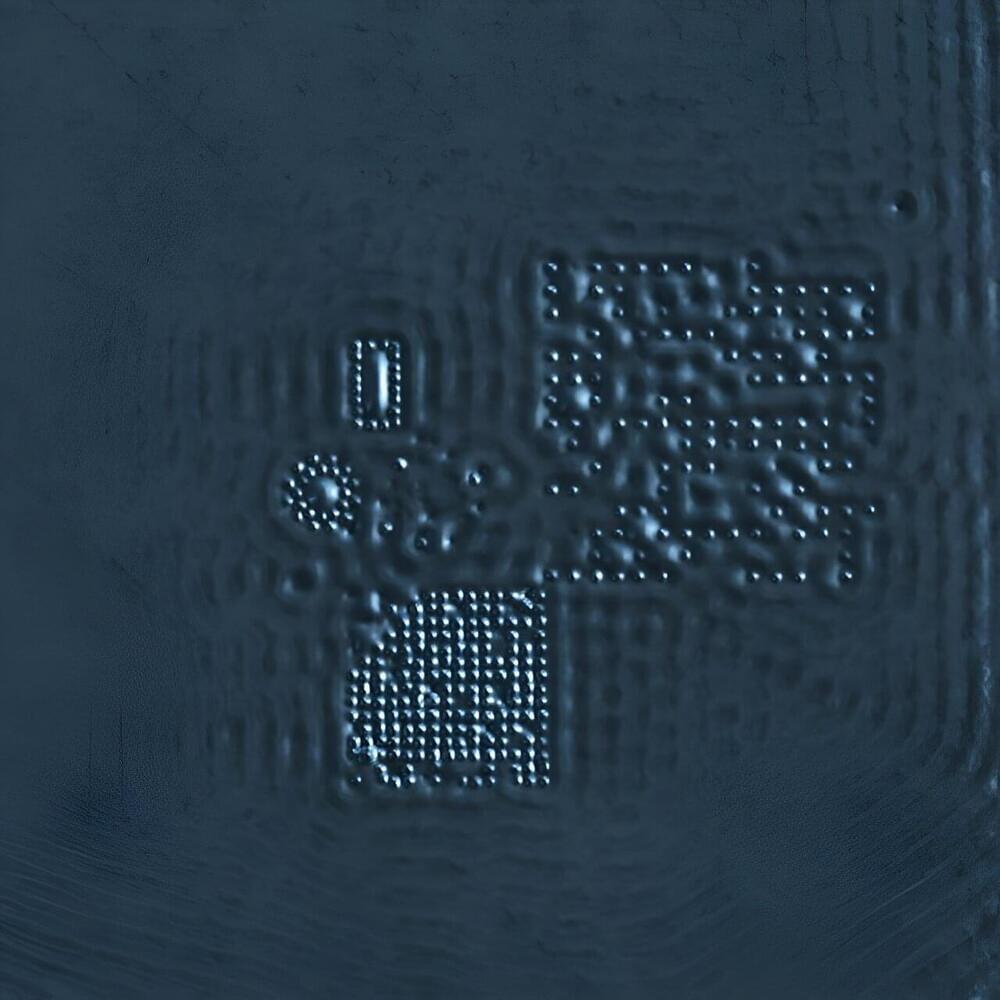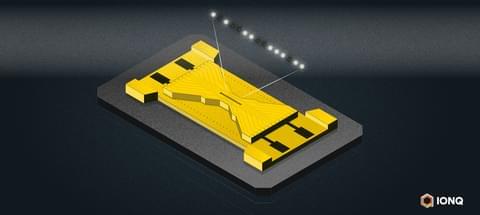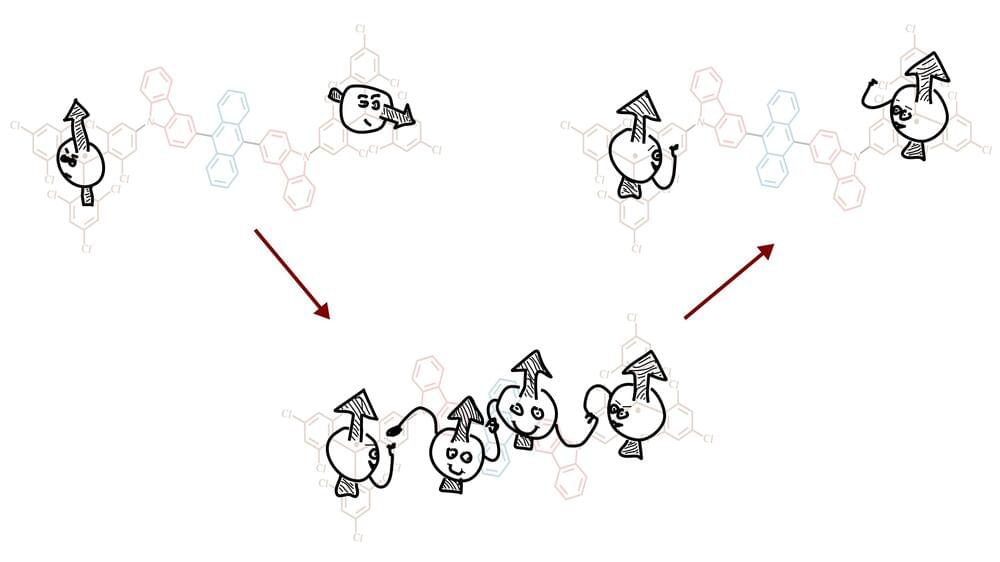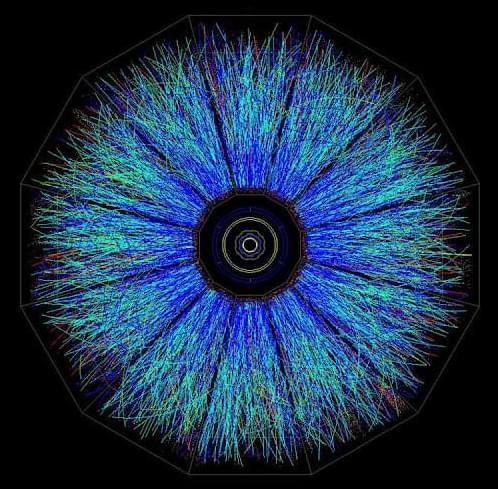A “demon” particle that has been haunting physicists for nearly 70 years has been found in an experiment by American researchers.
It is not a particle in the traditional sense like a proton or electron. It is a “composite” particle made up of a combination of electrons, in a solid.
In 1956, theoretical physicist David Pines predicted that electrons in a solid could do something strange. Electrons have both mass and charge. But Pines asserted that combinations of electrons in a solid could form a composite particle that is massless, has no charge and does not interact with light.

